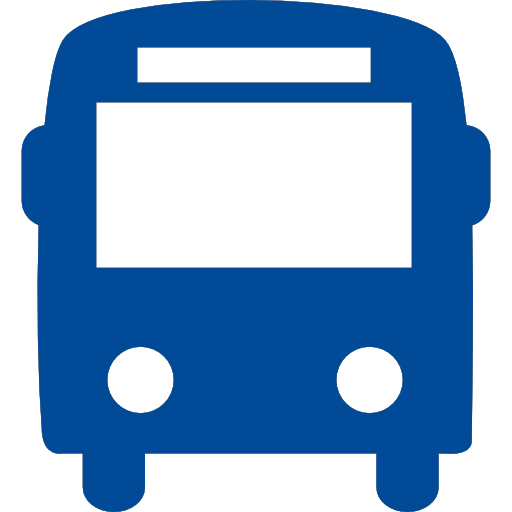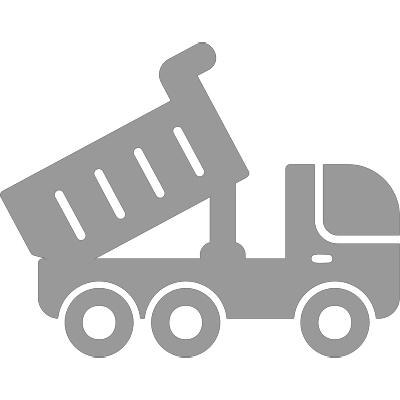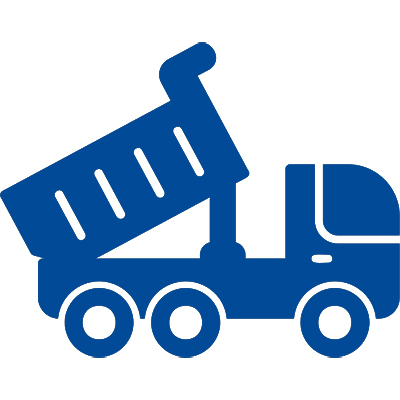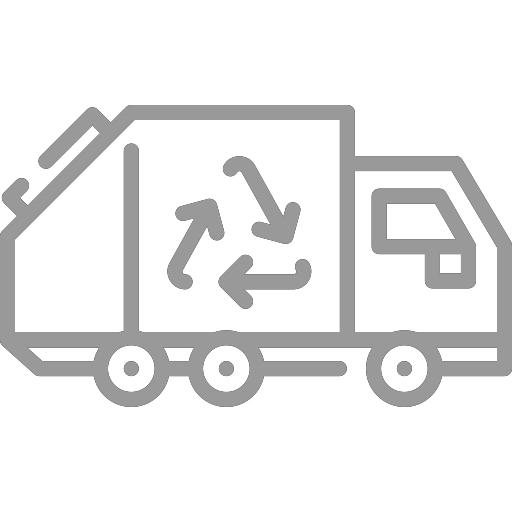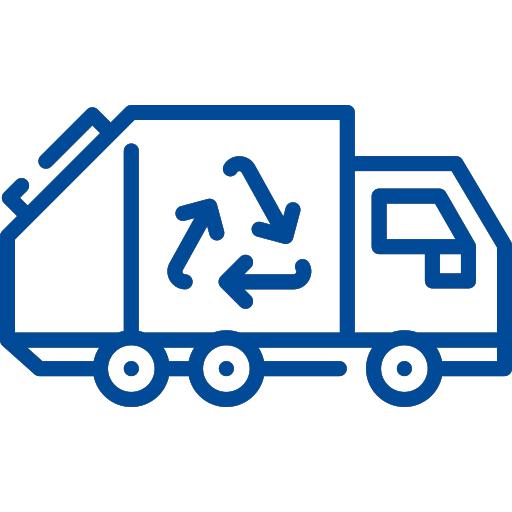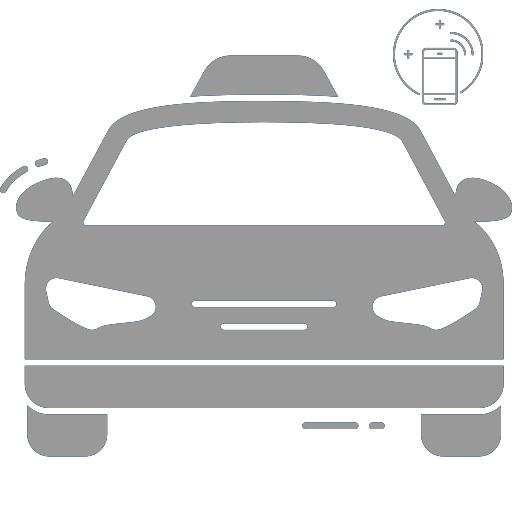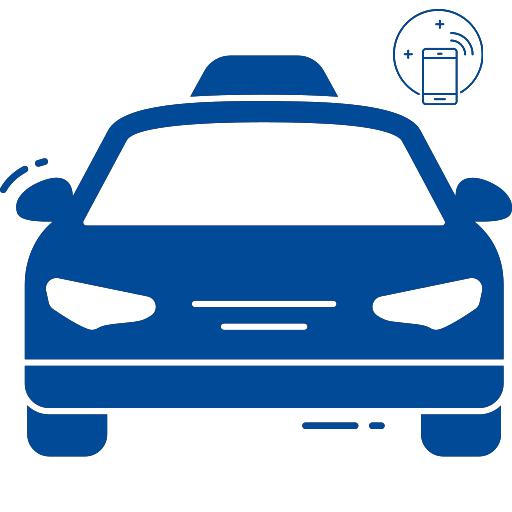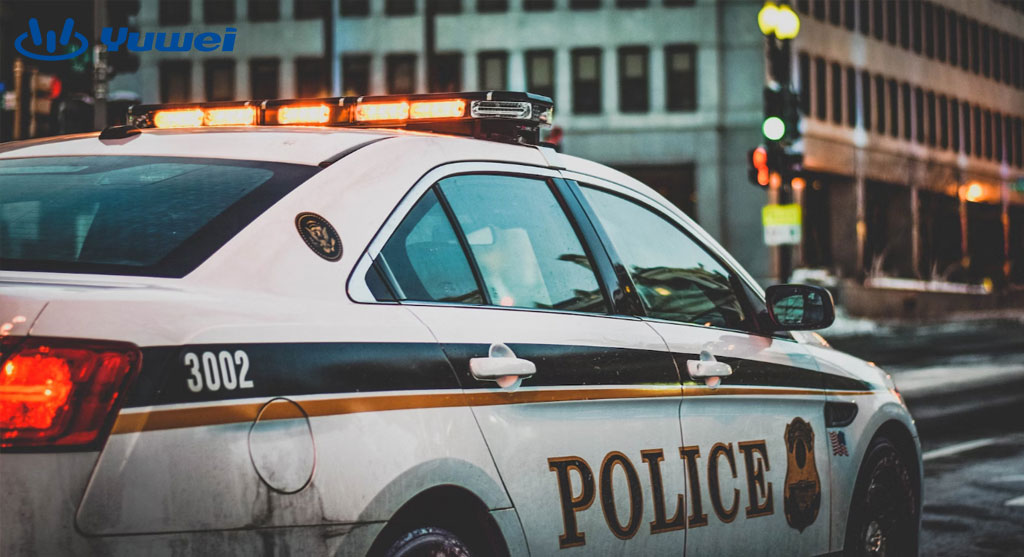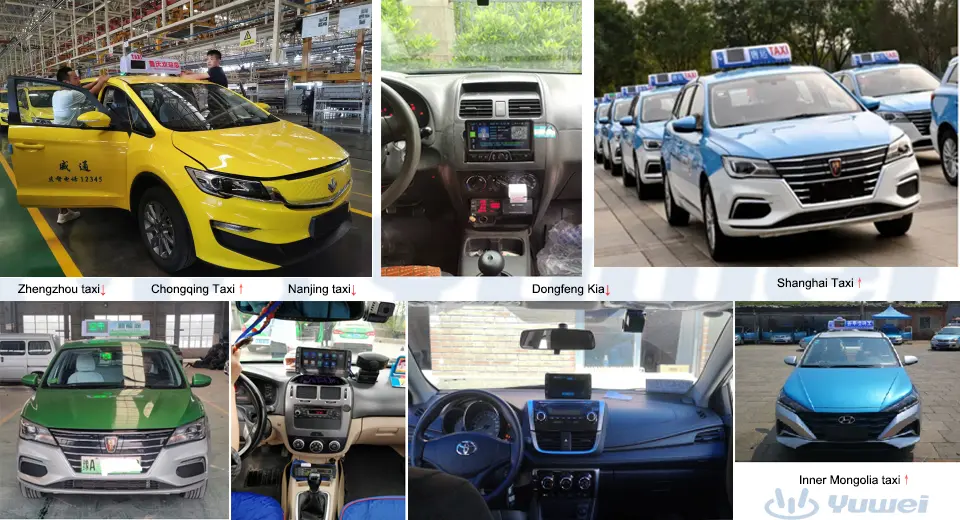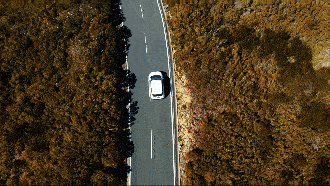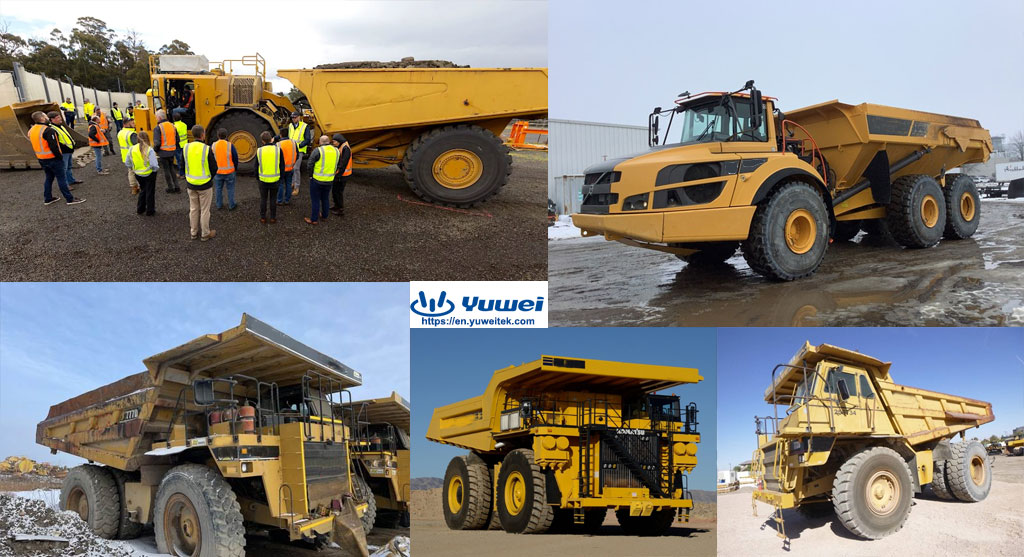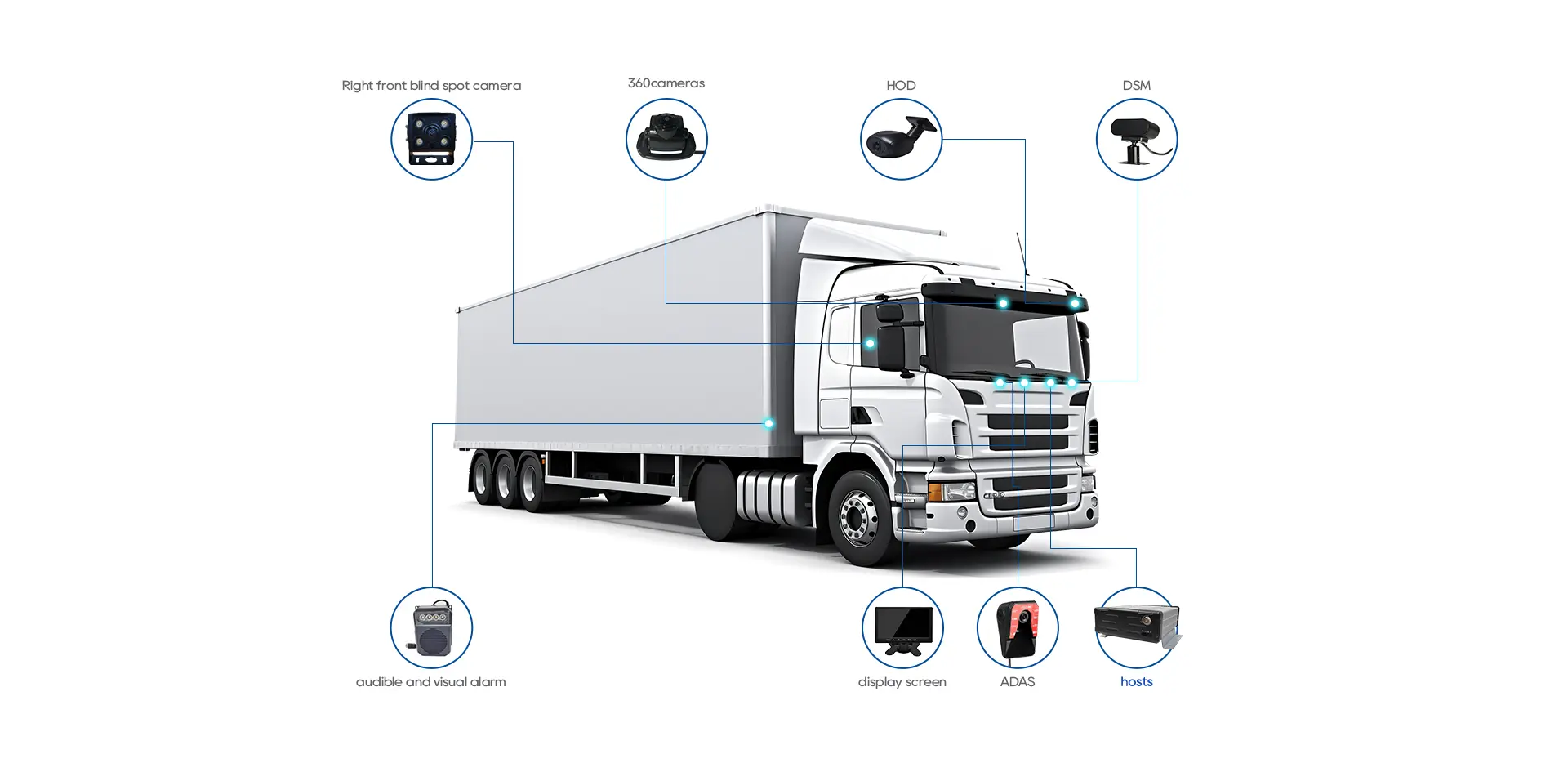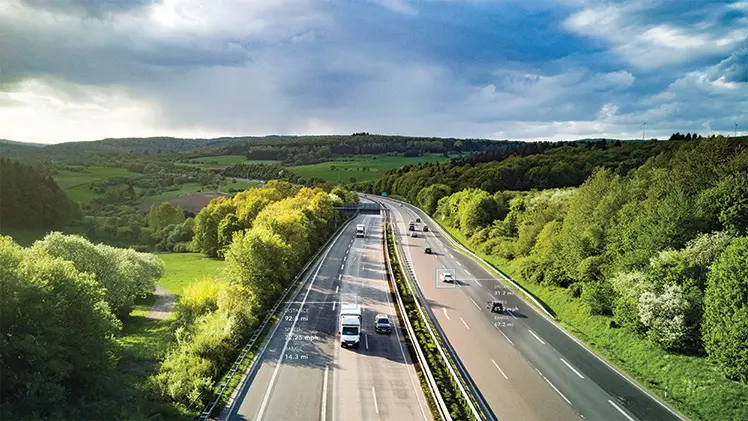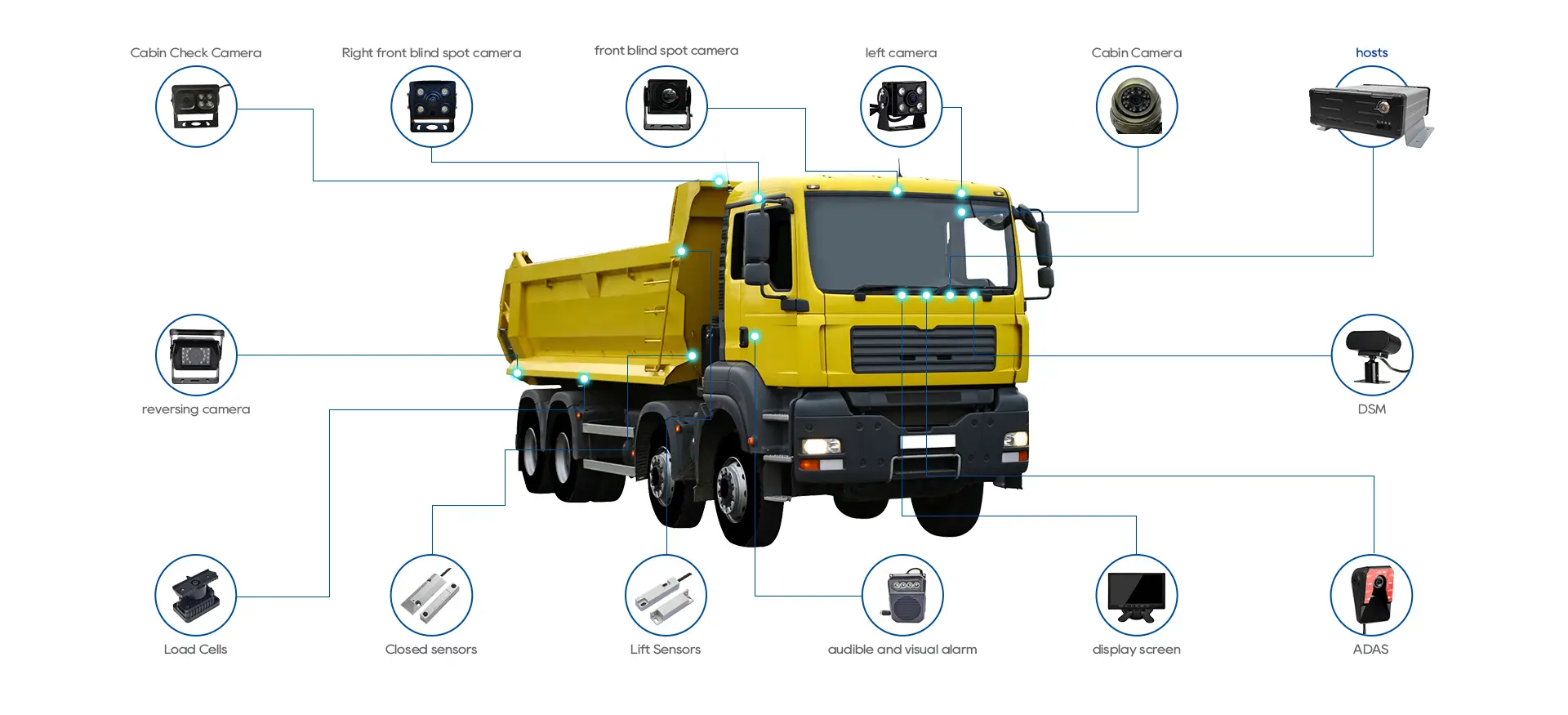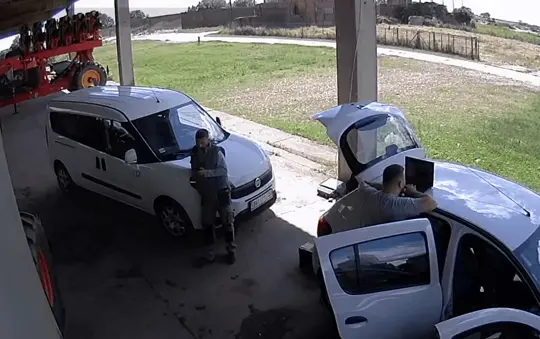The Best Bulldozer blind spot camera system
The visibility blind spot issue during bulldozer operation
Due to the much wider front and rear body of a bulldozer compared to the driver's seat, and the protrusion of the tires on both sides, the driver's visibility outside the bulldozer is greatly hindered by the obstruction of the front and rear body and the four tires, compared to regular cars. This limited visibility creates blind spots for the driver, which can lead to accidents during construction.
In summary, there are the following issues for operators driving bulldozers:
1. The large size of the bulldozer wheels creates blind spots between the front and rear tires on both sides during operation.
2. The large volume of the bulldozer's rear end makes it difficult for the driver to notice blind spots at the rear.
YUWEI bulldozer blind spot camera system solution
By installing a vehicle-mounted surveillance camera in each of the four directions (front, rear, left, right) of the bulldozer and equipping the driver's seat with a vehicle-mounted display screen, the driver can obtain a complete visual image from all four directions on the screen. This effectively visualizes the blind spots, avoiding accidents caused by blind spots.
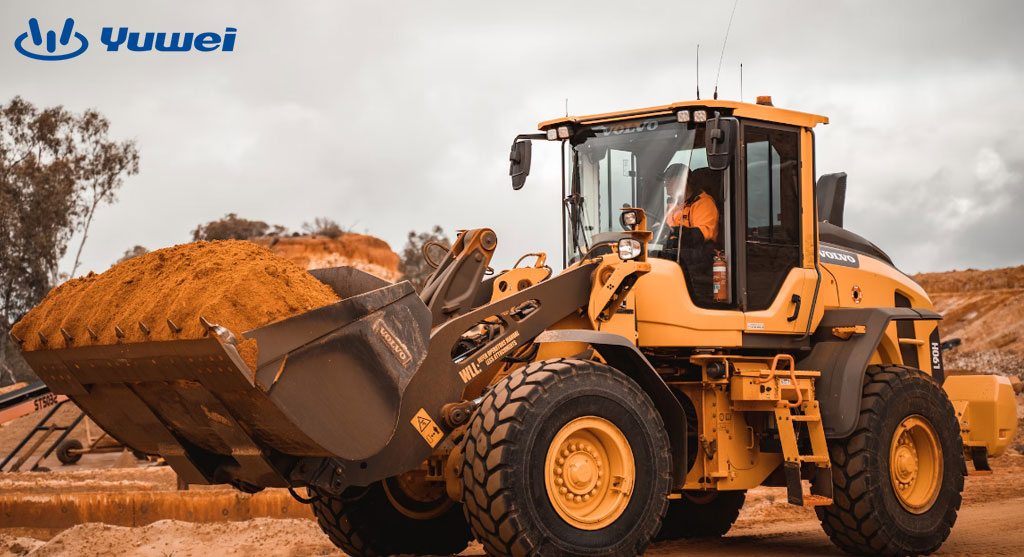
Configuration of the bulldozer camera system:
The complete set of products includes: 4 vehicle-mounted cameras, 1 vehicle-mounted display screen, and 1 256GB memory card.
Composition of the bulldozer camera system
The wireless surveillance system consists of a recording system and a display system.
The recording system includes 4 wireless surveillance cameras with product lines, while the display system consists of 1 display screen and 1 memory card.
Installation positions of the bulldozer camera system
Recording system: Two wireless surveillance cameras are installed on the left and right sides of the top of the driver's cab, and two wireless surveillance cameras are installed on the left and right sides above the rear end of the bulldozer.
Display system: One display screen is installed above the operation panel inside the driver's cab. One memory card is installed behind the display screen.
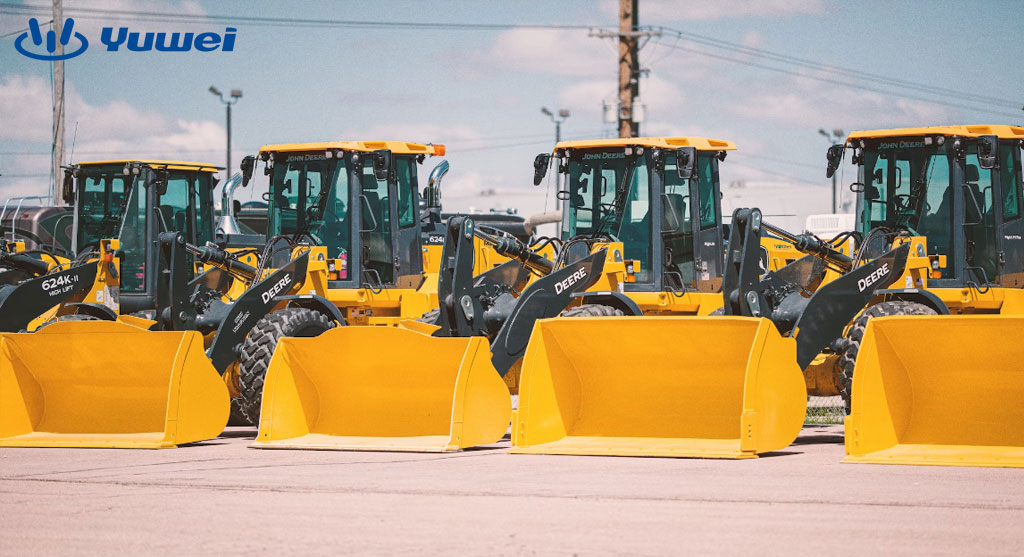
Functions of the bulldozer camera system
1. The cameras in the recording system can record and transmit video images when powered on. By installing wireless surveillance cameras in different directions, it can record and transmit video images from different directions.
2. The display screen can collect and display the data transmitted by the cameras when powered on. With the screen's image segmentation function, it can simultaneously display video images from different cameras on the same screen.
3. It integrates a driving recorder that provides real-time GPS positioning while recording in-vehicle videos.
4. The memory card can be used to store video images for a certain duration.
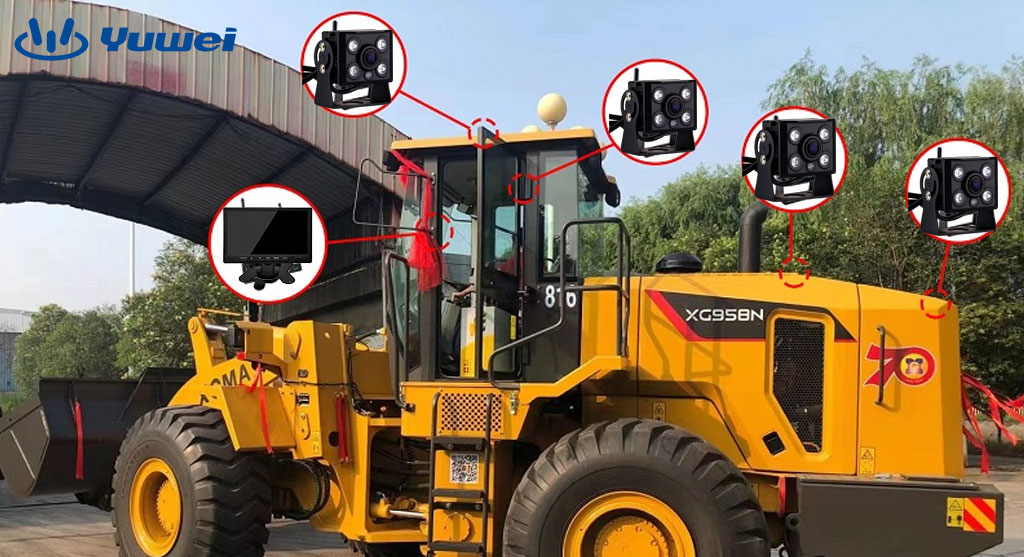
Actual effects:
1. The two cameras on the top of the driver's cab capture the blind spots between the left and right wheels. The left camera captures the blind spot between the left wheels, and the right camera captures the blind spot between the right wheels, effectively capturing the blind spots between the front and rear wheels on both sides of the bulldozer.
2. The two cameras above the rear end of the bulldozer capture the blind spots on the left and right sides of the rear end. The left camera captures the blind spot on the left side of the rear end, and the right camera captures the blind spot on the right side of the rear end, effectively capturing the blind spots on both sides of the rear end.
3. The wireless display screen inside the driver's cab can display real-time images from all four cameras on the same screen or individually display images from specified cameras.
4. The memory card can be easily plugged and unplugged. After removing the memory card, historical video recordings can be viewed on a computer or mobile device that supports memory cards.
The installation of the bulldozer camera system significantly reduces the driver's blind spots during operation. As a result, the driver no longer needs to lean out of the cab to observe the surroundings of the bulldozer, leading to improved efficiency in operations and reduced incidents of collisions and getting stuck.














